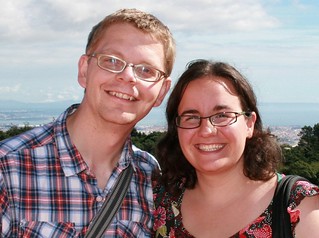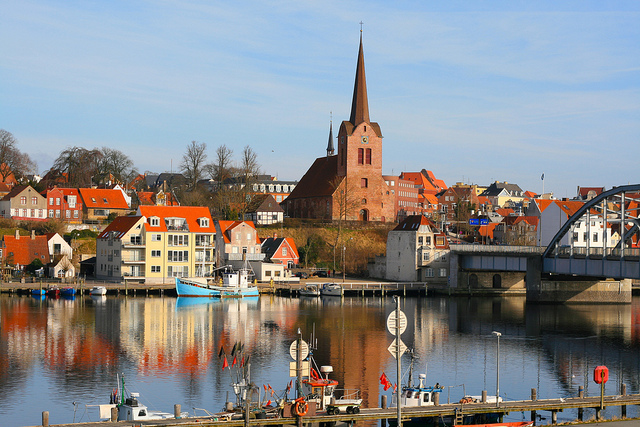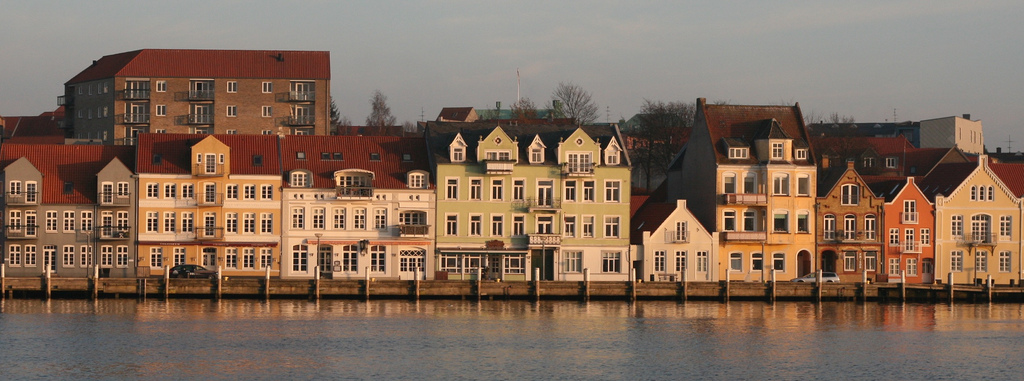Category
New in Town
We all have to start somewhere. These are blog posts about being new in town and finding the useful, interesting places.
Category
New in Town
We all have to start somewhere. These are blog posts about being new in town and finding the useful, interesting places.
Nothing more to load.







Recent Comments